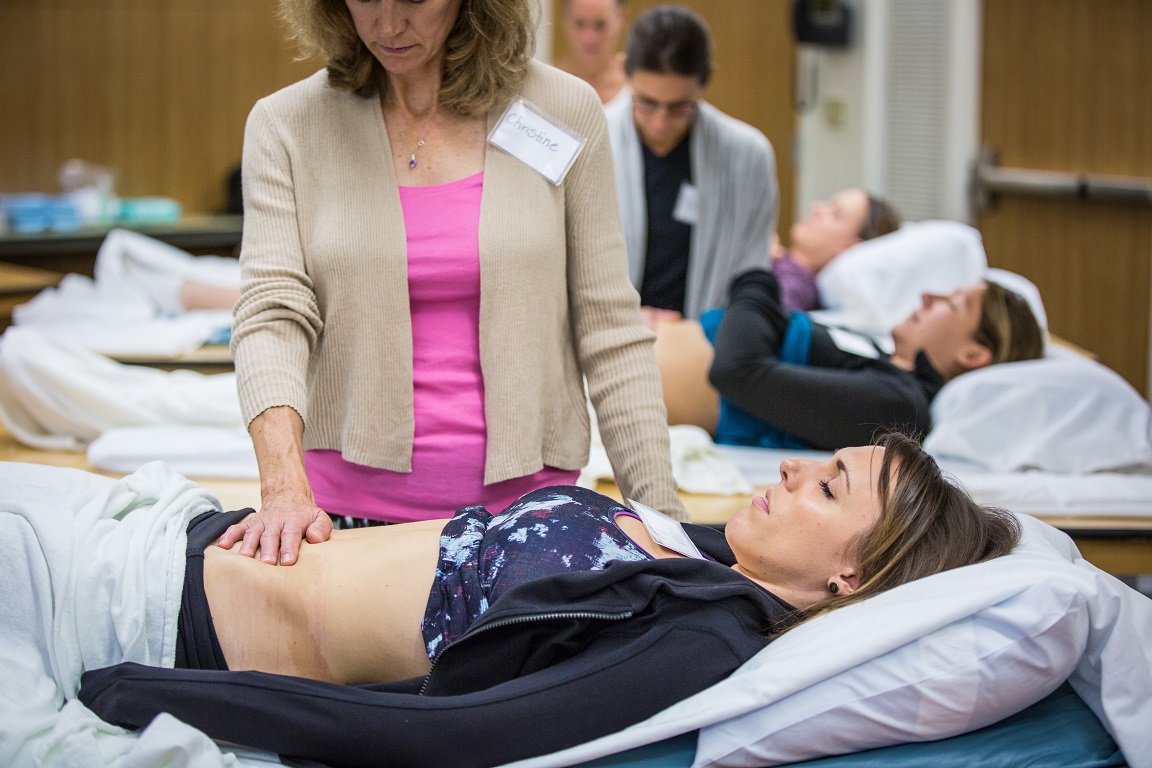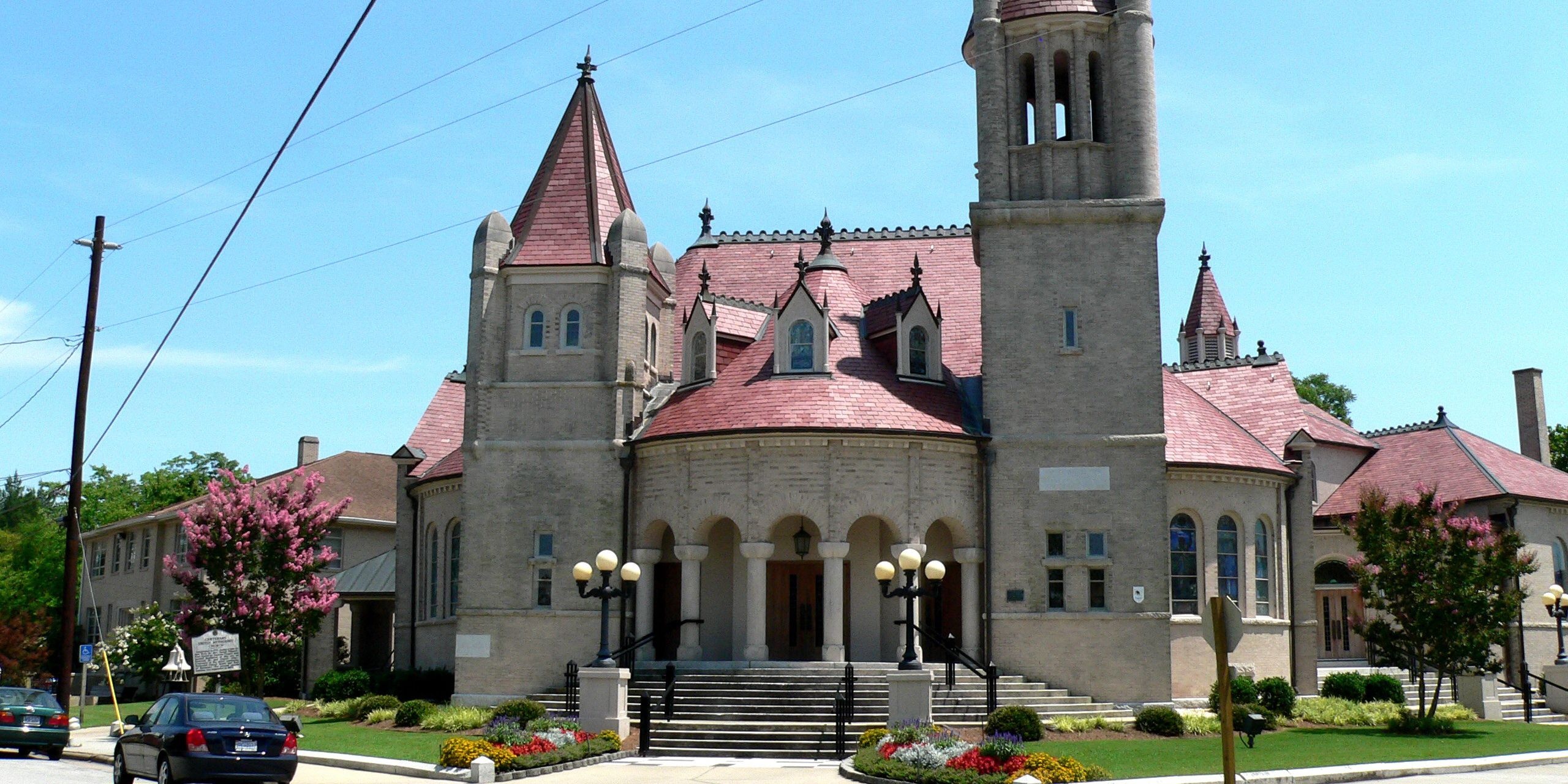Medical Students in the Pelvic Rehab Clinic

This post was written by guest blogger, H&W instructor Ramona Horton, MPT. Ramona teaches the Visceral Mobilization series of courses, as well as Myofascial Release for Pelvic Dysfunction course.
When I first began working as a pelvic floor PT in the early 90’s (the 1990’s that is), I spent a great deal of time marketing my program to physicians with less than stellar results. Sure, I got the odd referral here and there, but they were mostly the desperation patients that had run out of options. Not to be daunted by lack of success, I opted to present my message directly to the public; I took my “dog and pony show” on the road to senior health fairs, medical study groups and even civic organizations. Any group that was willing to put their comfort level aside and talk about their nether regions was fair game. Over time, the word got out to the physicians (mostly through their patients); our program grew and the need for marketing became a distant memory.
While reading a recent blog post on the subject of students in the pelvic floor rehab clinic by HW faculty member Bridgid Ellingson, I reflected on my current relationship with students in that same setting. Although I have had the traditional senior PT students, I am currently working with those of other medical professions. Yes, it seems the world has come full circle; one of those physicians I annoyed incessantly 20+ years ago until she started sending me patients is now serving as a preceptor for several medical schools. She supervises 4th year medical and PA students for their OB-GYN rotation. During this 6 week rotation, they have clinic hours, deliver babies, observe surgeries and spend a day with me in a pelvic rehab clinic. I try to arrange my schedule to have both male and female patients, a full new patient evaluation, sEMG session, manual therapy, use of RTUS imaging, and exercise programs.
The best part of this arrangement is that the medical students are from two Osteopathic schools. I will unashamedly admit that I am an osteopath wannabe and freely share this with my students. The DO students have a tremendous appreciation for the application of manual therapy techniques such as fascial release and visceral mobilization in the treatment of the uro-gyn patient; this is not a part of their curriculum in osteopathic medical school and are impressed at the level of manual therapy PTs are performing on this population. Both the medical and PA students give positive feedback to their preceptor that they feel this is a worthwhile experience. They are quite amazed to discover the extent to which a pelvic PT can impact bowel, bladder and pain issues, all report that this is completely new, useful information and will impact their referral patterns.
While I occasionally have the reticent patient, in general they are quite willing to allow the students to be present during their treatment session, in fact some even invite the students to palpate or observe their dysfunctions. A number of my patients have been on a long journey to find help for their pelvic issues and welcome the knowledge that they are assisting in educating practitioners of the future. I schedule an observation student about every 6 weeks. There is no paperwork or student evaluation to deal with, all of the education and explanation makes for a long day, but the return is more than worth it. I strongly encourage any who know physicians that precept medical, NP or PA students to offer them time in your pelvic rehab clinic.
This experience has made me realize that students of other professions may indeed be the best untapped marketing tool we can harness without ever opening a single power point file. This experience carries with it a two-fold gain. By educating future practitioners about the value of PT for the treatment of pelvic dysfunction, not only are we planting a seed that will further our profession but more importantly we are providing a more direct route for those seeking care in the maze that is our medical system.
You can catch Ramona teaching a number of events this spring, including Visceral Mobilization Level One in Winfield, IL and the Myofascial Release course in Portland, OR.
By accepting you will be accessing a service provided by a third-party external to https://www.hermanwallace.com/






































